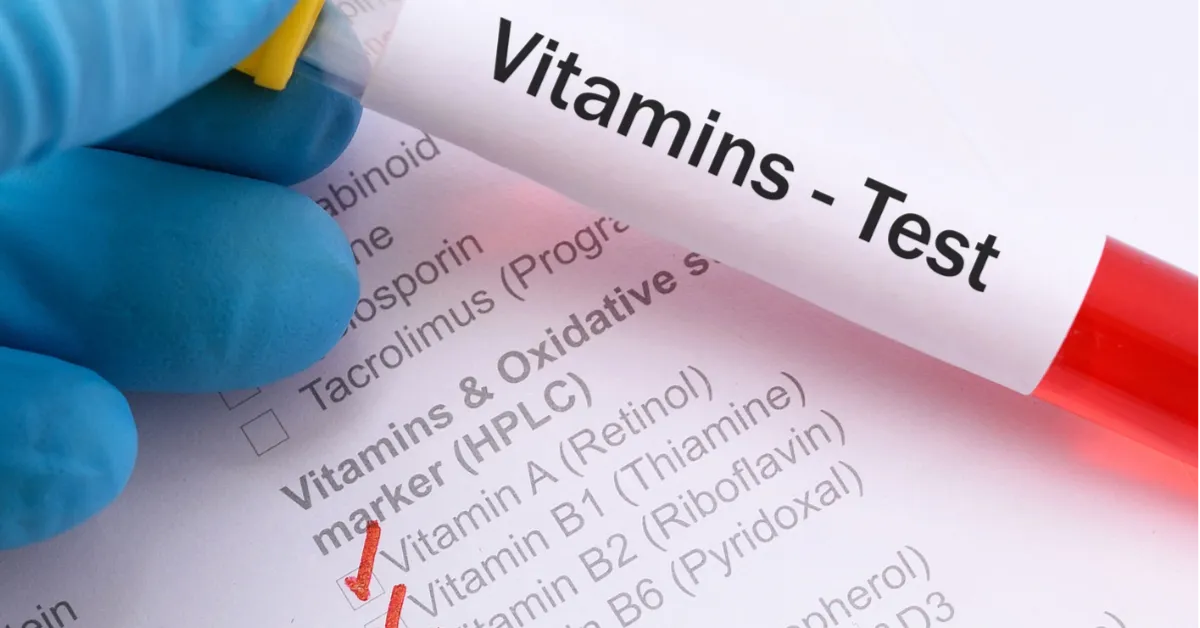USP Vitamin B12 Quantification in Dairy and Meat Foods
The United States Pharmacopeia (USP) General Chapter provides a validated method for the quantification of vitamin B12 content in various dietary supplements. This service specifically targets dairy and meat products, which are often fortified with vitamin B12 to ensure adequate nutrition levels. The importance of this testing lies in maintaining compliance with international standards such as USP, ensuring product quality, and providing accurate information to consumers.
Vitamin B12 is a crucial nutrient for the body's metabolism, particularly important for nerve function, red blood cell formation, and DNA synthesis. In fortified foods like dairy and meat products, it is essential that the correct amount of vitamin B12 be present. This ensures not only compliance with regulatory standards but also the health benefits intended by fortification.
The USP method involves a series of steps designed to accurately measure the concentration of vitamin B12 in these products. The process begins with sample preparation, which includes homogenization and extraction techniques tailored for dairy and meat matrices. This step is critical as it ensures that all forms of vitamin B12 are accessible for accurate quantification.
Once the samples have been prepared, they undergo chromatographic analysis using HPLC (High-Performance Liquid Chromatography) equipped with a UV/VIS detector and a column designed to separate vitamin B12 from other dietary components. This ensures that only the desired compound is measured accurately. The method also accounts for potential interferences, such as similar molecules or compounds in the sample matrix.
The quantification process relies on calibration curves prepared with known concentrations of vitamin B12 standards. These curves are used to determine the amount of vitamin B12 present in each sample tested. The precision and accuracy of this method have been validated through extensive validation studies, ensuring reliable results across different types of fortified dairy and meat products.
The final step involves reporting the results according to USP specifications. This includes not only the measured concentration but also any relevant metadata such as batch number, date of analysis, and analyst signatures. Reporting is essential for both internal quality control purposes and external regulatory compliance.
Understanding the nuances of this testing method helps stakeholders appreciate its significance in maintaining product integrity and consumer trust. For instance, accurate quantification ensures that fortified products meet their intended nutritional claims, which is vital for public health and safety.
Scope and Methodology
| Step | Description | Details |
|---|---|---|
| Sample Preparation | Homogenization and extraction techniques tailored for dairy and meat matrices. | This ensures all forms of vitamin B12 are accessible for accurate quantification. |
| Chromatographic Analysis | HPLC with UV/VIS detector and column designed to separate vitamin B12 from other components. | This step is crucial for ensuring only the desired compound is measured accurately. |
| Calibration Curves | Prepared using known concentrations of vitamin B12 standards. | Used to determine the amount of vitamin B12 present in each sample tested. |
| Reporting | According to USP specifications, including batch number, date of analysis, and analyst signatures. | This ensures reliable results across different types of fortified dairy and meat products. |
Quality and Reliability Assurance
The quality assurance process for USP vitamin B12 quantification is rigorous, ensuring that every test conducted meets the highest standards of accuracy and precision. Our laboratory employs certified analysts who follow strict protocols to minimize human error. Regular calibration checks and method validation ensure that all instruments remain accurate and reliable.
We also maintain a robust quality control system that includes internal audits and external certifications. This ensures compliance with international standards such as ISO 17025, which is recognized globally for laboratory excellence. By adhering to these stringent requirements, we guarantee consistent and trustworthy results every time.
Our commitment to quality extends beyond our own processes; we also work closely with clients to understand their specific needs and provide tailored solutions. This collaborative approach ensures that our testing services meet not only regulatory requirements but also the unique challenges faced by each industry stakeholder.
Customer Impact and Satisfaction
- Regulatory Compliance: Ensures products meet USP standards, avoiding potential legal issues.
- Informed Decision-Making: Provides accurate data for product formulation adjustments.
- Consumer Trust: Guarantees the integrity of fortified dairy and meat products, enhancing consumer confidence.
- R&D Support: Offers insights into vitamin B12 content variability within different batches or types of food.
- Supply Chain Management: Helps monitor fortification levels to ensure consistent quality across production lines.
- Competitive Advantage: Demonstrates commitment to product quality, potentially attracting more customers.
- Long-Term Sustainability: Ensures ongoing compliance with changing regulations and standards.





